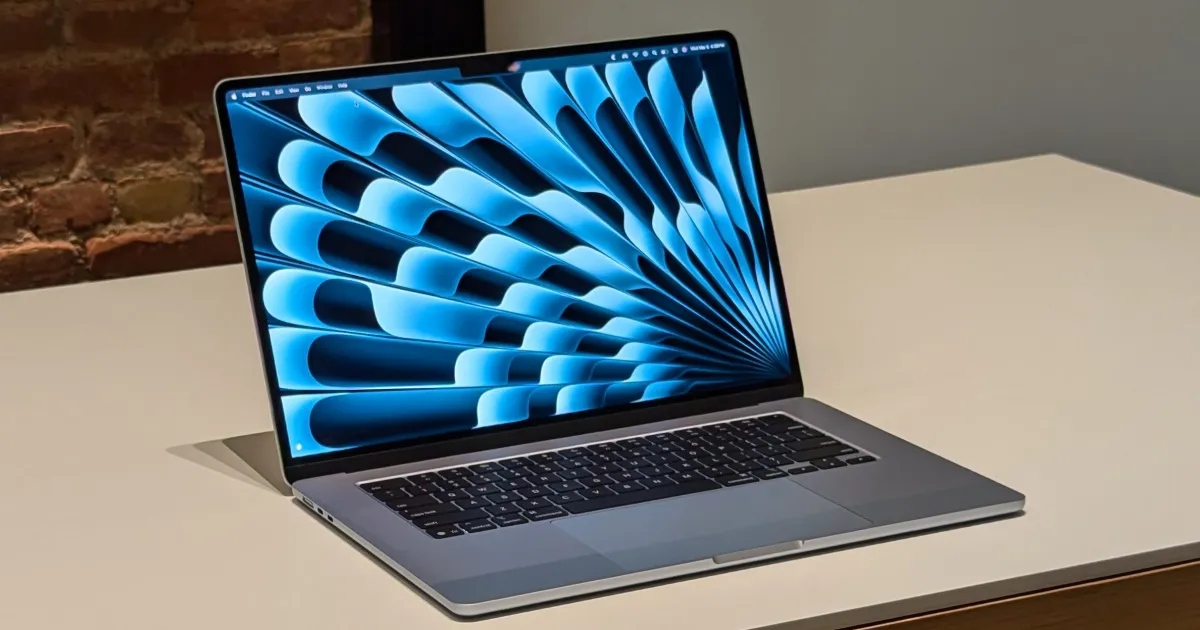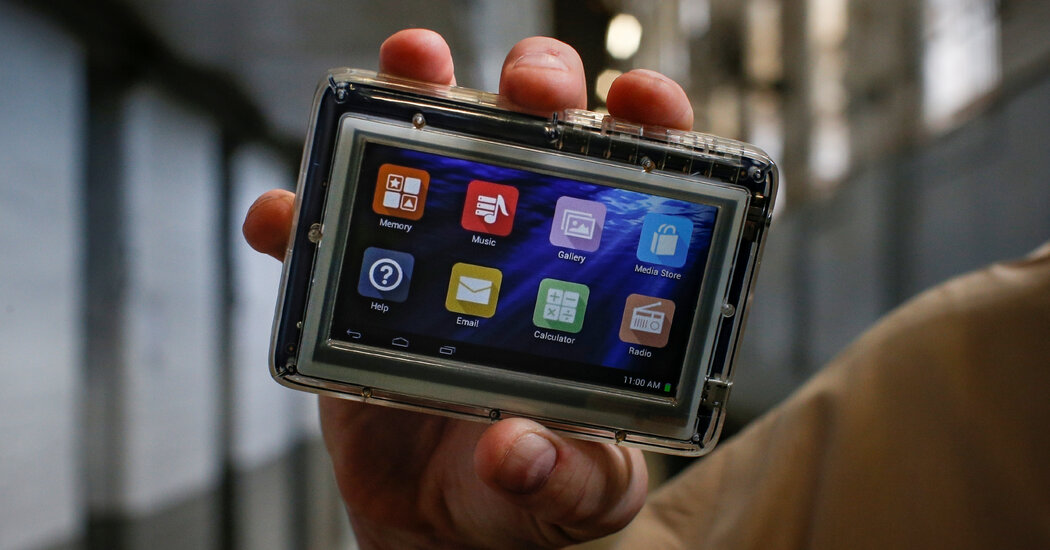Copyright Digital Trends

What’s happened? For years, the baseline MacBook Air has relied on LED-backlit LCD screens, but that might change in 2028, as the company is reportedly readying a much-awaited display upgrade. According to Bloomberg’s Mark Gurman, the Cupertino giant is preparing OLED screens for three devices: the iPad Air, iPad mini, and MacBook Air. “The company is testing new versions of each product with OLED screens,” the report mentions, with the iPad mini likely to be the first one to receive the upgrade. Meanwhile, the MacBook Air could also adopt an OLED screen, but that might not happen before 2028. The upgrade will give long-term buyers a solid reason to upgrade, potentially boosting MacBook Air sales that year. Why is this important? Even though the MacBook Air is Apple’s best-selling notebook, it has been almost five years since it received its last significant display upgrade. In 2018, the company introduced Retina displays to the lineup, featuring IPS technology, P3 wide color gamut support, and a resolution of 2560 x 1600 pixels. Apple later added its True Tone feature in 2019, followed by brightness improvements in 2020 (the year the M1 chip was introduced). In 2025, buyers can easily purchase Windows laptops with OLED screens for less than the entry-level $999 M4 MacBook Air. For instance, the Asus Zenbook A14 OLED sells for $750 on Amazon. However, even the top-tier MacBook Pro doesn’t feature the display technology. Recommended Videos Why should I care? Even though the LED-backlit IPS displays on the MacBook Air are great, OLED screens produce richer colors, deeper contrast (with true blacks), and consume less power. A MacBook Air equipped with an OLED screen will deliver a superior visual experience, with improved HDR performance and vibrant colors, putting it on par with iPhones. However, given that the iPad mini with an OLED screen is expected to see a $100 price increase, Apple could also raise the MacBook Air’s retail price in exchange for this quality-of-life upgrade.



